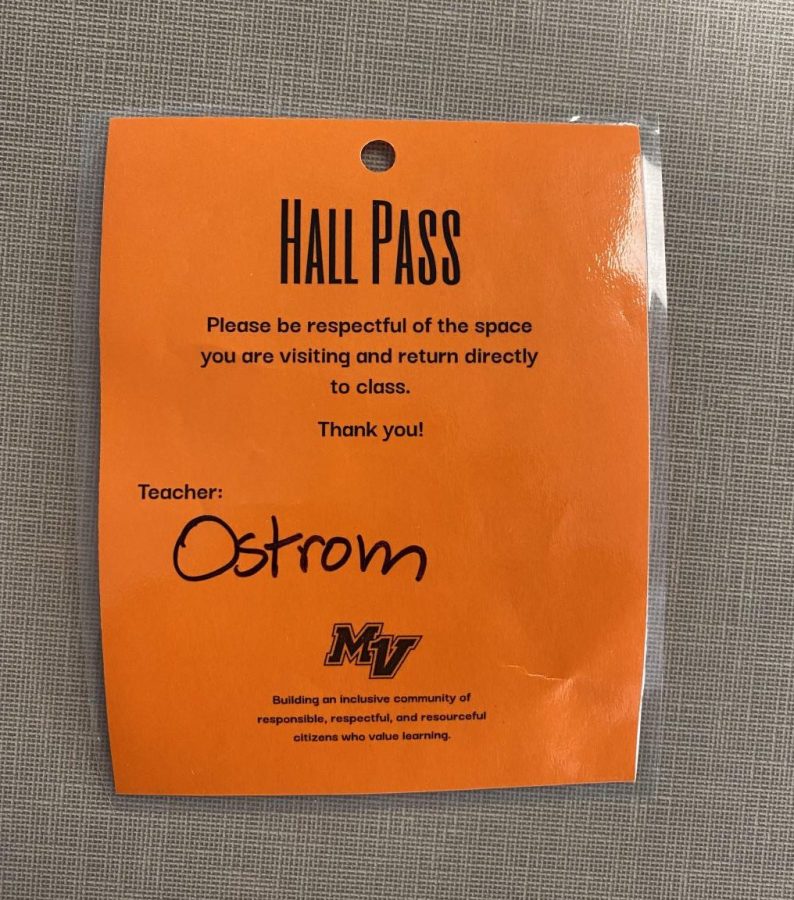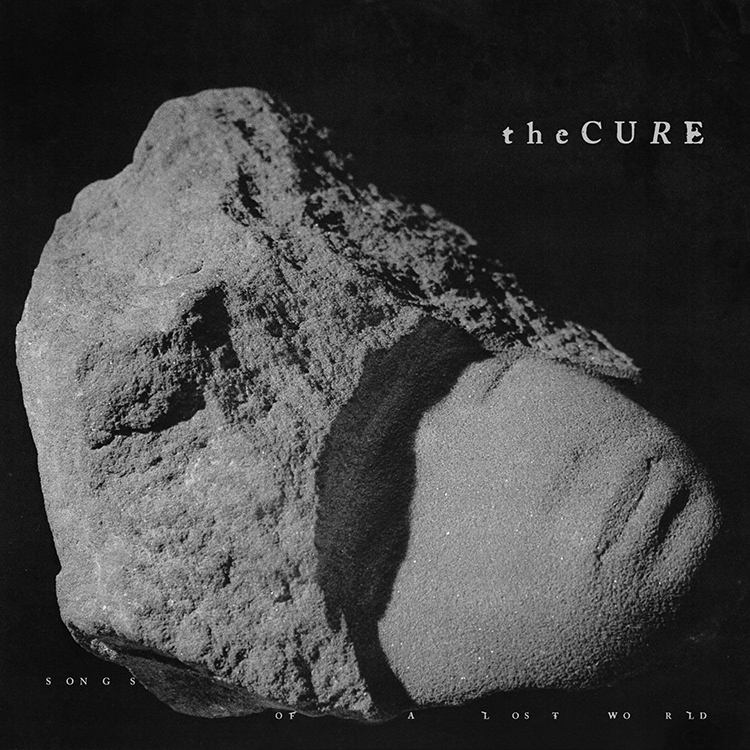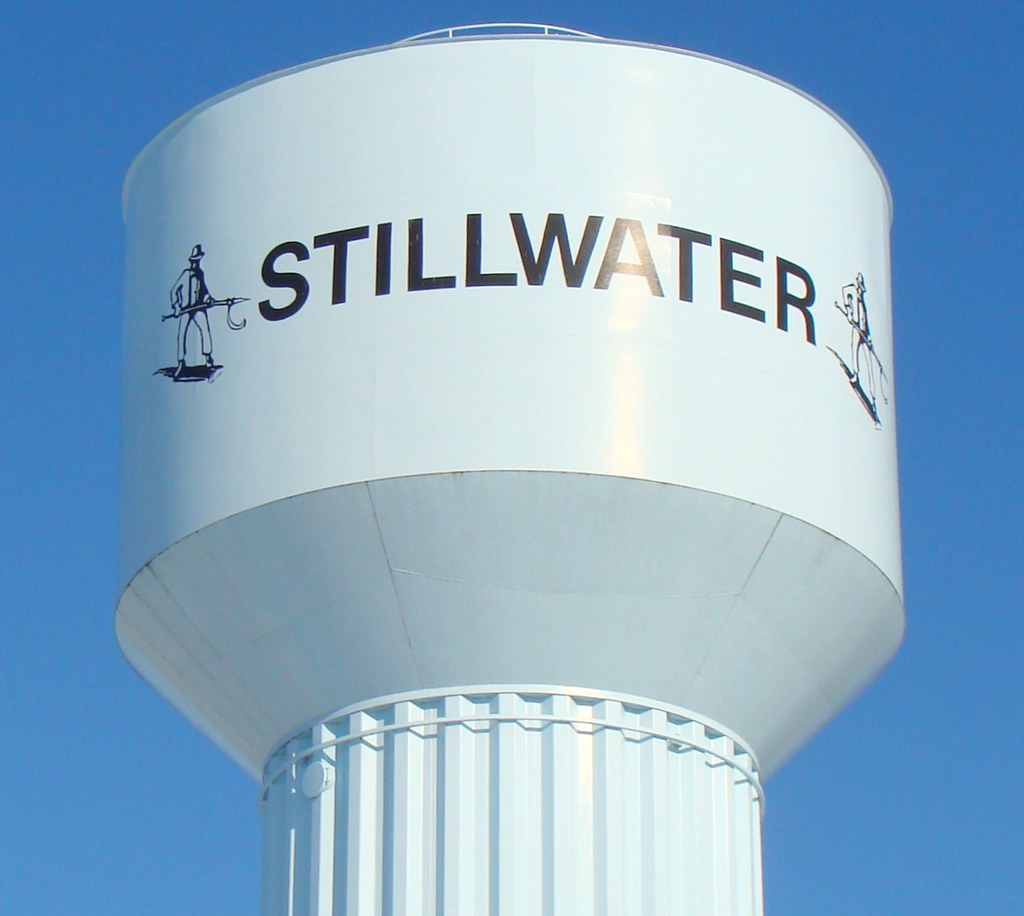Minnesota water sources face significant threats from per- and polyfluoroalkyl substances, otherwise known as PFAS. Often referred to as “forever chemicals,” they don’t break down easily and persist in water and soil. Since the 1940s, PFAS have been used in many commercial and industrial applications including waterproof clothing, food paper wrappings, cookware, fire-fighting foam and much more.
The nearly 15,000 chemicals classified as PFAS have been linked to a variety of health issues, ranging from effects on the immune system to birth defects. In response to growing concerns and the evident risks associated with PFAS, the U.S. Environmental Protection Agency (EPA) has recently established new guidelines on PFAS regulation that have put multiple Minnesota water supplies over new PFAS limits. Mounds View, Shoreview and Arden Hills did not exceed this limit.
The first major discovery of PFAS contamination in Minnesota was back in the early 2000s. In the eastern suburbs of the Twin Cities, 3M, a Minnesota-based multinational conglomerate company, had illegally disposed of PFAS-containing waste in Cottage Grove, contaminating over 150 square miles of drinking water and soil. According to the Minnesota Pollution Control Agency, it led to more than 170,000 residents in 14 communities requiring emergency treatment for drinking water or alternative water sources.
Historical documents, including research cited by Nadia Gaber et al. in “The Devil they Knew: Chemical Documents Analysis of Industry Influence on PFAS Science,” suggest that the risks associated with PFAS were well known as early as 1970. The paper also claims that the chemical industry adopted the tobacco industry’s strategy by delaying public awareness of the effects of PFAS and halting government regulation of the substances.
Former Governor Arne H. Carlson has also been vocal about the state’s responsibility in protecting Minnesotans from PFAS exposure, criticizing the Minnesota Government for its long-standing inaction. “They knew [PFAS] back in [the 1900s] and they did nothing all those years since. The state to this day does not have a water policy [for our water supply],” said Carlson. “This is reckless endangerment of human life.”
Assistant Commissioner of the Minnesota Department of Health (MDH) Myra Kunas said the MDH informs local officials whenever dangerous levels of PFAS are detected and recommends that they share this information with residents. While this adheres to the federal Safe Drinking Water Act, there are few enforceable standards for the PFAS levels in drinking water.
However, the EPA recently enforced a new regulation: the lower maximum contaminant level of 4 parts per trillion for PFOA and PFOS, the two of the most well-known chemicals in the PFAS family. The EPA states that this ratio is the lowest achievable level with current contaminant-measuring technology. The EPA established legally enforceable levels for five types of PFAS (including PFOA and PFOS) known to occur in drinking water and also set a Hazard Index level for mixtures of PFAS chemicals. In doing so, it put 10 metro area water systems in Minnesota and 12 others statewide on notice of exceeding the threshold, which supplies water to about 309,000 people according to the Minnesota Department of Health.
To meet these new standards nationally, the EPA estimates that it will cost approximately $1.5 billion annually, which includes water system monitoring, installing treatment technologies if needed and more. To help with funding, the Biden Administration has set aside $9 billion through the Bipartisan Infrastructure Law to help communities impacted by PFAS pollution in drinking water. In addition, another $12 billion in Bipartisan Infrastructure Law funding is available to communities to make general drinking water improvements, including addressing PFAS chemicals. The Minnesota Pollution Control Agency (MPCA) in 2023 estimated a cost between $14 and $28 billion to remove and destroy PFAS from certain wastewater streams across Minnesota for the next 20 years.















![[DEBATES] Prestigious colleges: value or hype?](https://www.mvviewer.org/wp-content/uploads/2024/12/buildings-1200x654.png)
































![[OPINION] The dark origins of TikTok's looksmaxxing trend](https://www.mvviewer.org/wp-content/uploads/2024/02/Copy-of-Copy-of-Untitled-Design-1200x675.png)










